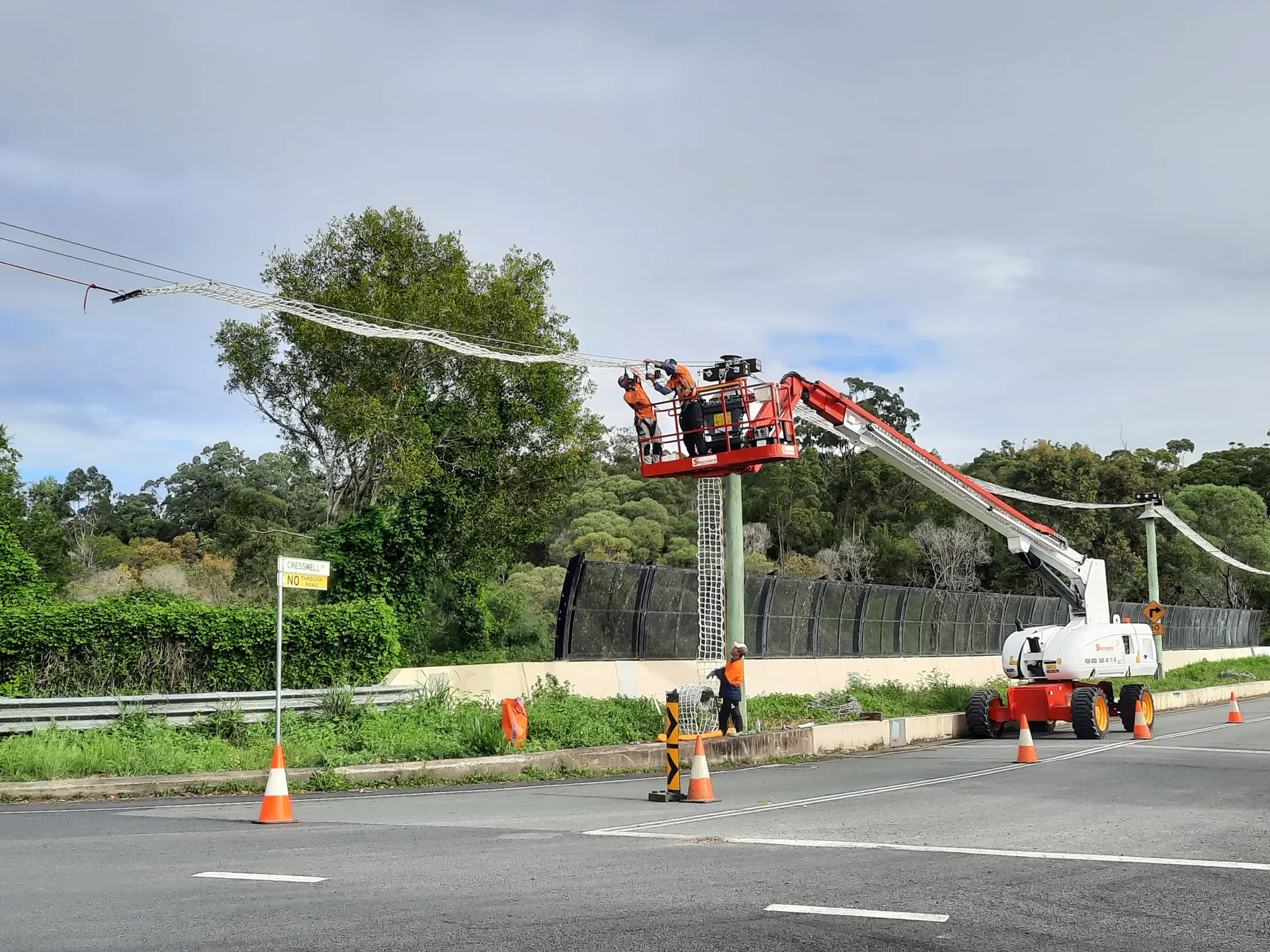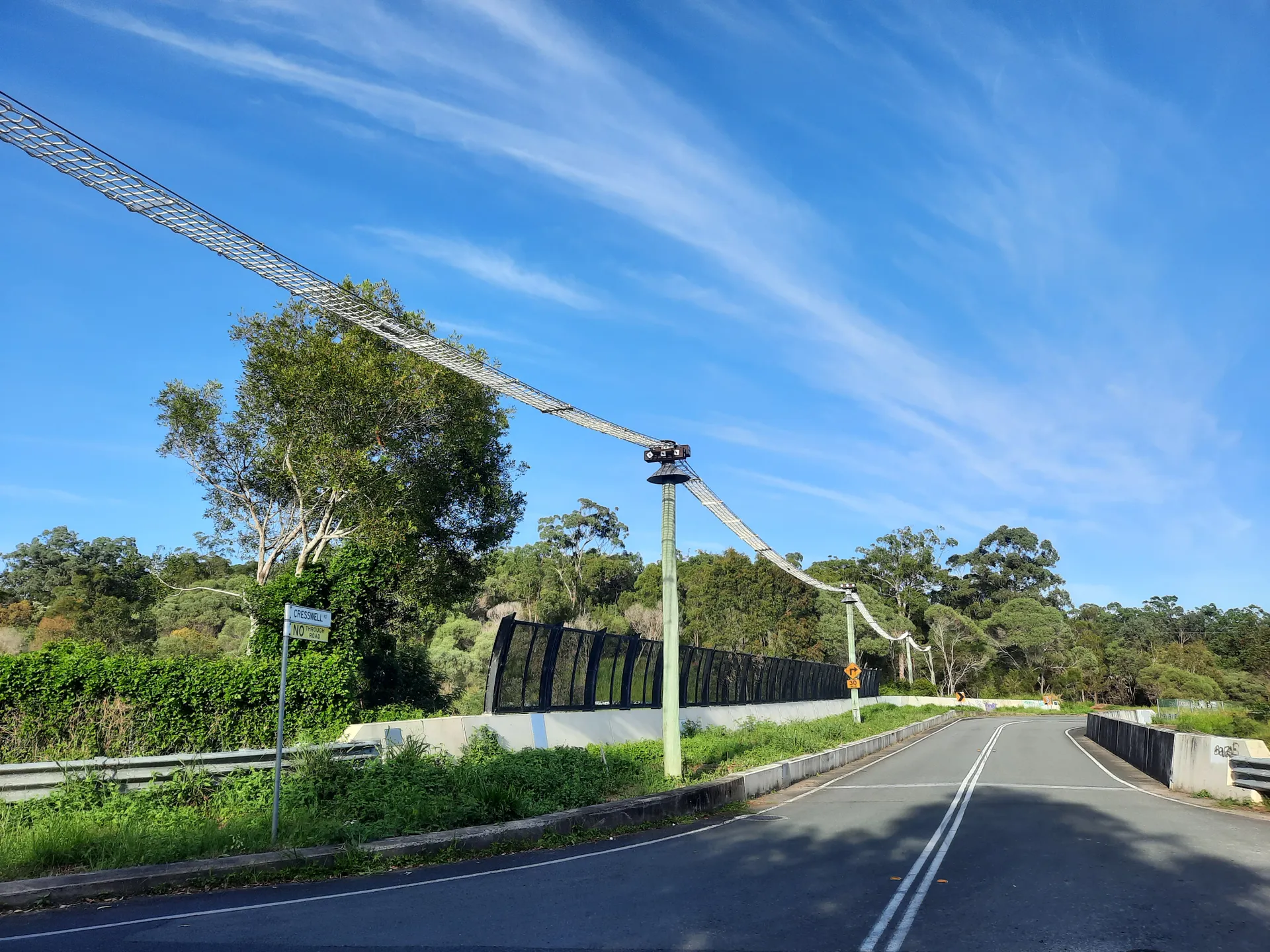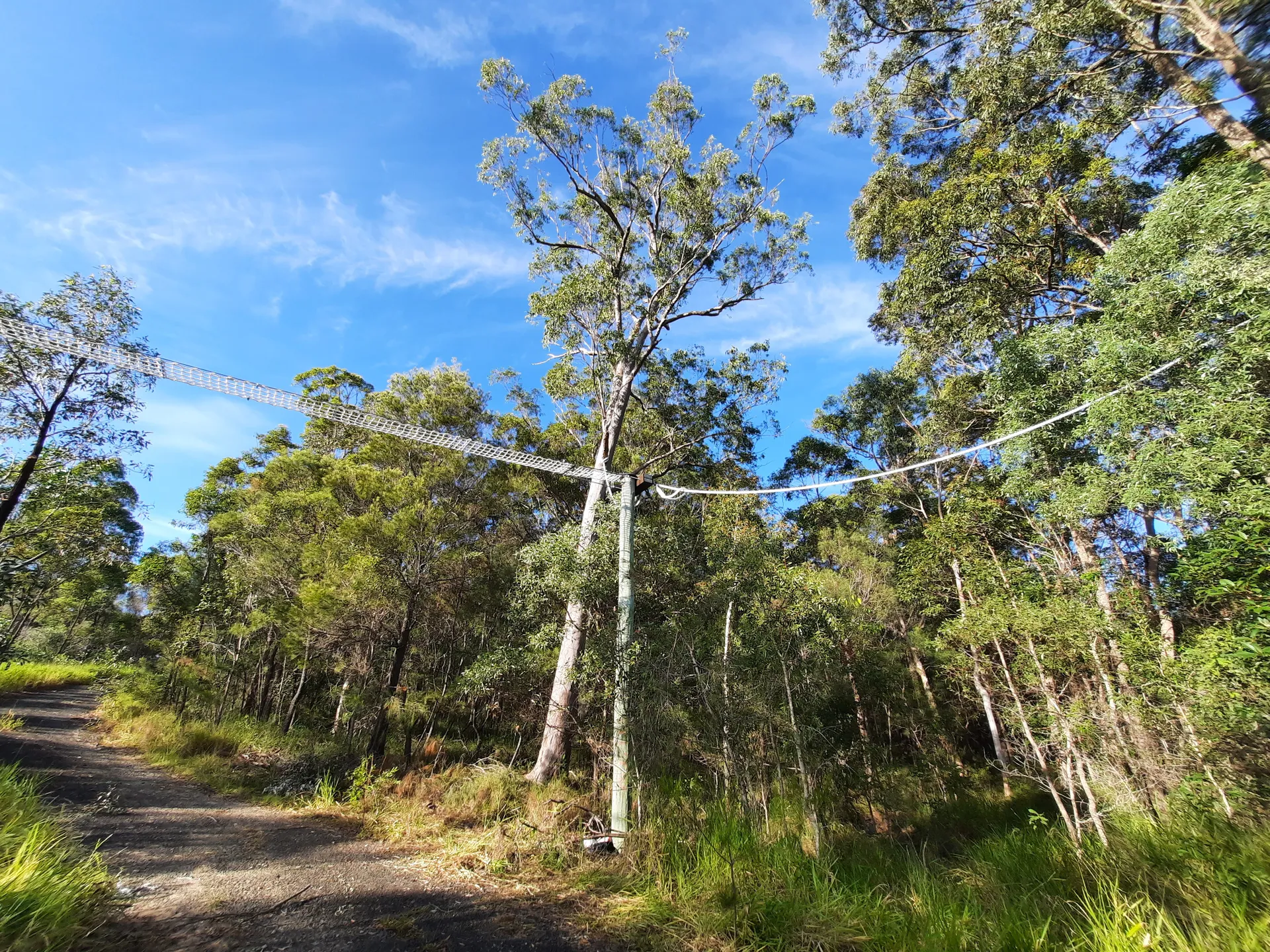The amazing unknown wildlife passage we zoom past
Tiny tepee homes, called habitat pods, are helping to shelter wildlife from predators as they cross the recently upgraded Cresswell Road wildlife bridge.

Thousands of motorists pass beneath this bridge daily, unaware of its vital role.
The Cresswell Road overpass crosses above busy Caloundra Road, in Meridan Plains.
The 150m bridge also acts as a crucial wildlife corridor for native animals such as insects, frogs, reptiles and small mammals such as sugar gliders and echidnas.
It’s rare - the only one of its kind on the Sunshine Coast!
The structure connects habitats south of the bridge, such as Edward Corbould Environment Reserve, Bobbie Sattler Nature Refuge and the Caloundra Conservation Park, with reserves to the north.
These include the Honey Farm Road Environment Reserve and the Mooloolah River floodplain.
Recent repairs completed by Sunshine Coast Council have brought this vital link back to life for the large variety of precious creatures that use it each day.
Tiny tepee homes help shelter wildlife from predators as they cross the bridge.
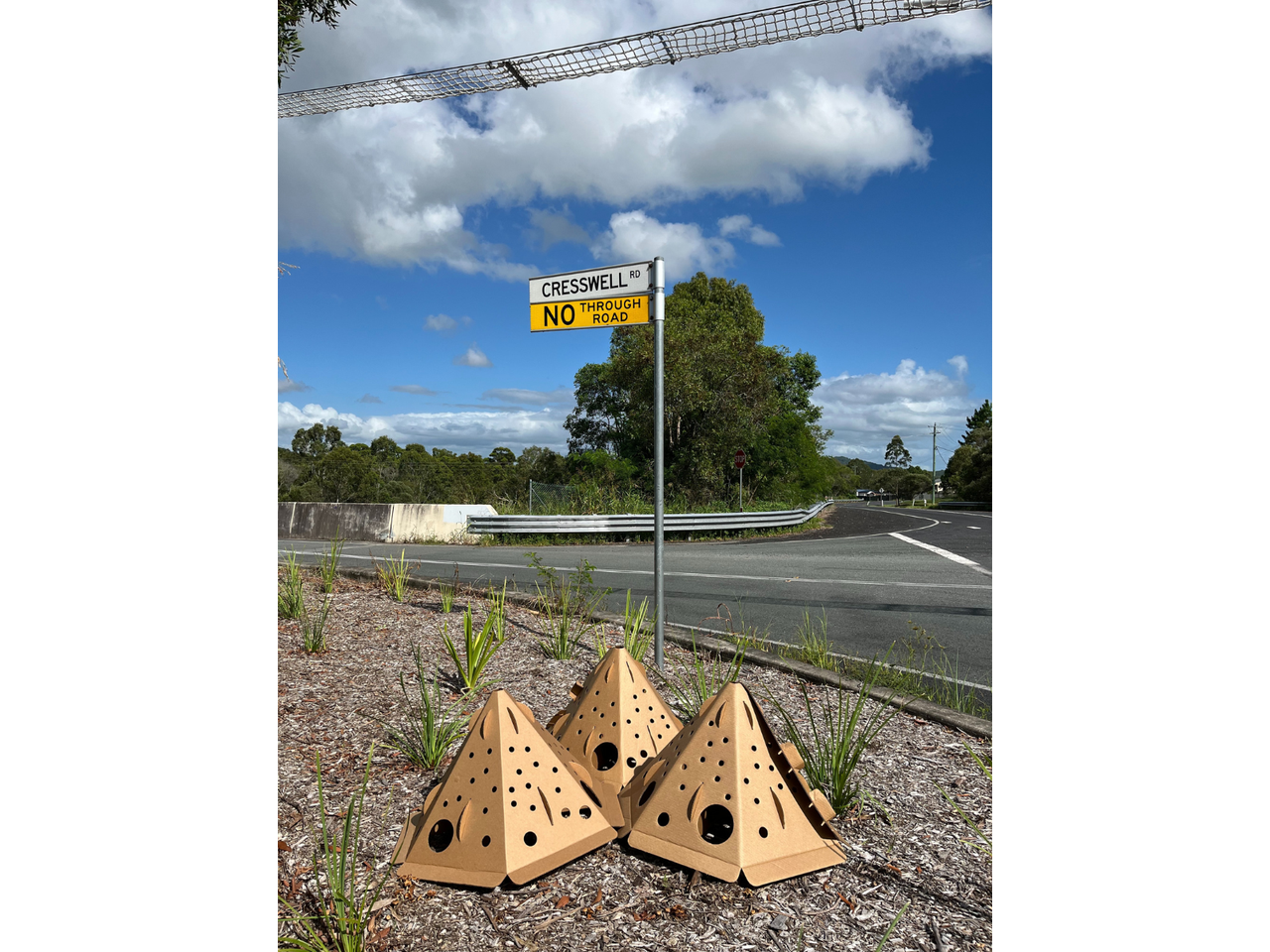
Habitat pods - tiny teepee-shaped cardboard structures, created by ReHabitat.
Repairing hidden wildlife bridge
For arboreal mammals that primarily live in trees, such as possums and squirrel gliders, a 130m long elevated rope bridge was replaced with new and durable ladder-style rope netting.
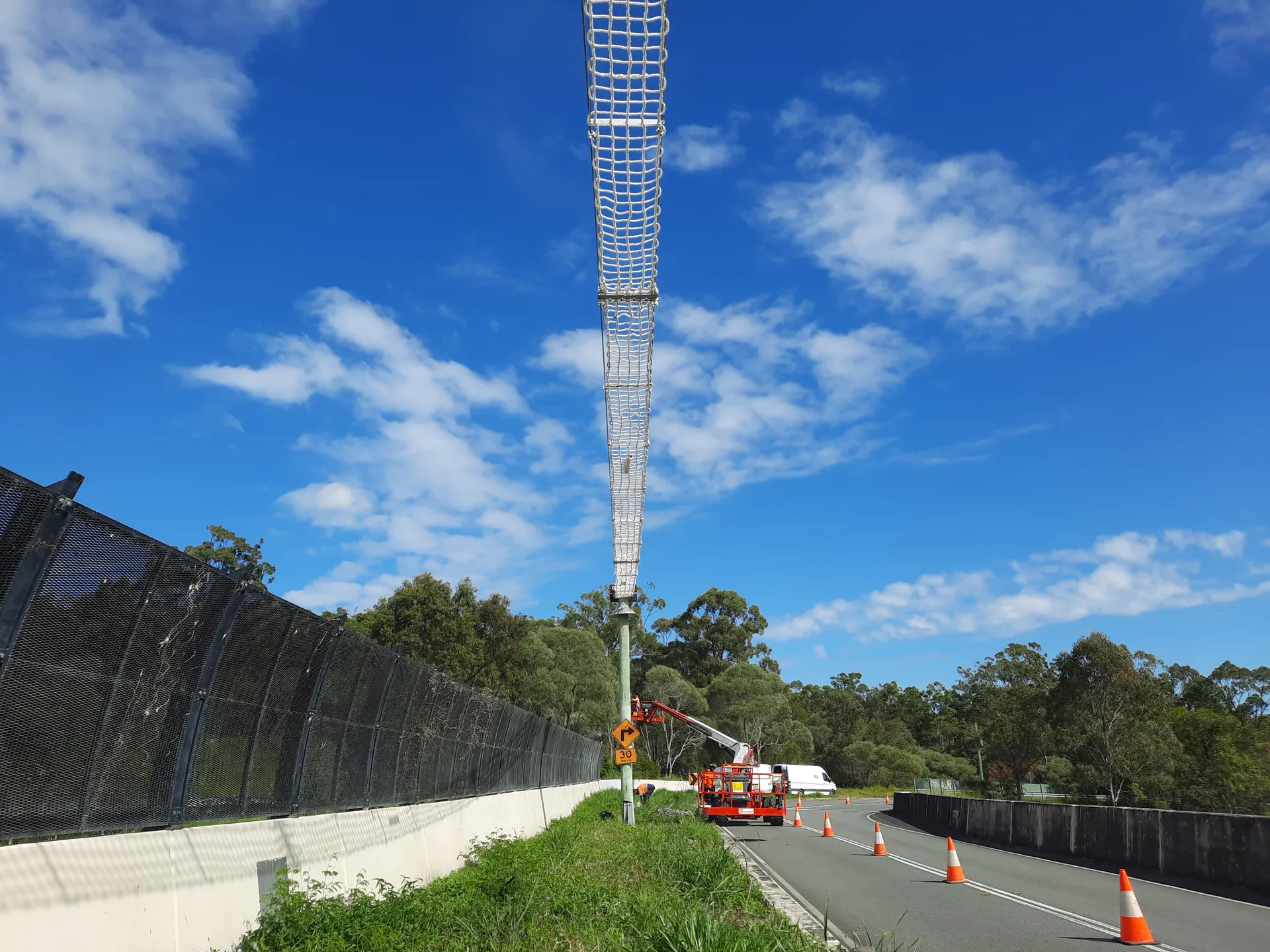
Back on land, a vegetated section of the bridge caters to small mammals, frog, insects and reptiles and was weeded and replanted with 530 native plants.
Shelter from predators for animals crossing the land bridge has been provided in the form of innovative habitat pods.

These are tiny biodegradable teepee-shaped cardboard structures, which provide temporary wildlife habitat until the native plants mature.
These pods, created by wildlife ecologists at ReHabitat, will biodegrade over time, enriching the soil and promoting vegetation regeneration.
Logs and rocks were also placed on the land bridge for extra habitat.
Why this matters
Environment and Liveability Portfolio Councillor Tim Burns said the project was vital for connecting habitat for wildlife across the region.
“We know wildlife moves across the region and our team at Council has undertaken studies to understand this further,” Cr Burns said.
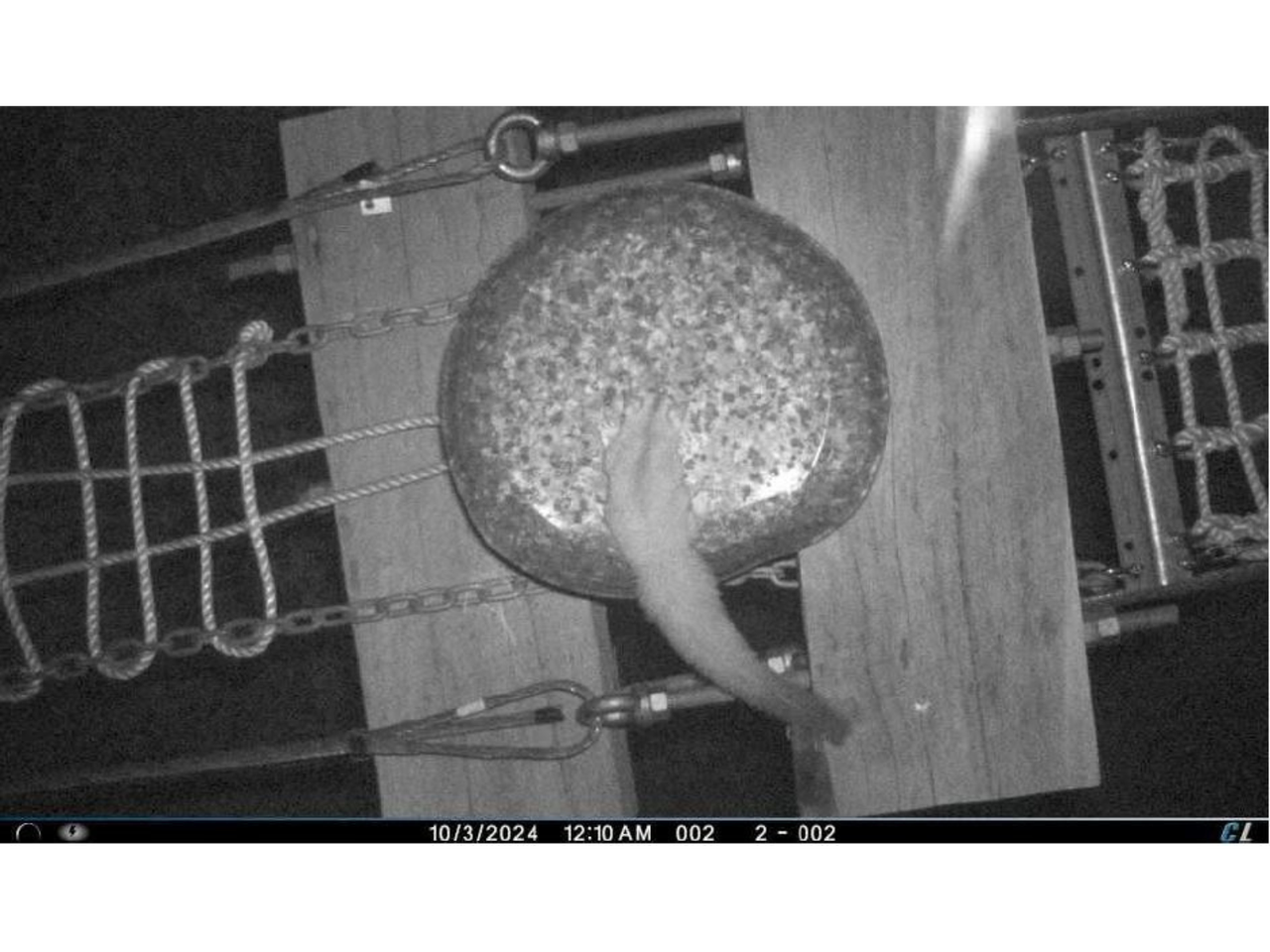
“Our surveys have shown that the Cresswell Road bridge is used by a large variety of native animals as safe passage over the busy Caloundra Road.
“It provides a crucial north-south connection across what would otherwise be a significant barrier to their movement.”
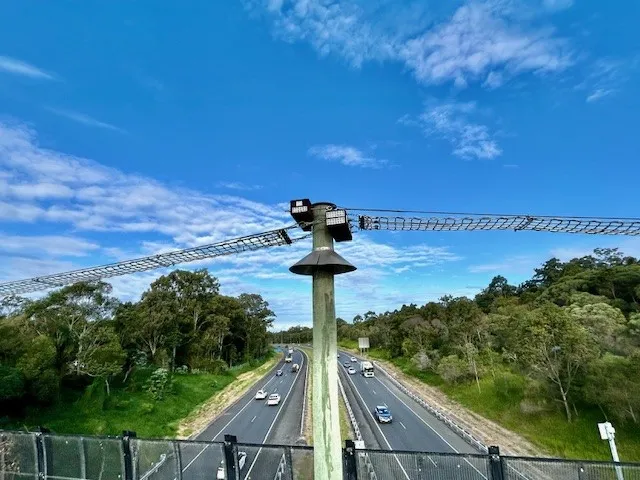
The structure provides a crucial north-south connection across the busy Caloundra Road which would otherwise be a significant barrier to wildlife movement. Image supplied by Netting.
Opening up our region to wildlife
Roads can be a significant threat to native wildlife, cutting them off from important areas for breeding, food and shelter, as well as being able to escape flood and fire.
Cr Burns said there was no safe way for an animal to cross a road, so land bridges were an ideal solution.
“This is the only fauna land bridge on the Sunshine Coast, making it a critical infrastructure for wildlife movement and landscape connectivity.
“This type of structure can accommodate the movement of a wide range of native animals, to help them thrive in our biosphere.
“This project is just one of the ways Council is working to nurture and enhance our environment and quality of life.
“The cost to build a land bridge on its own is very high so integrating them into existing infrastructure where able makes sense.
“There are several locations across the region where land bridges would be great for wildlife and Council continues to investigate options to bring more bridges to life.”
